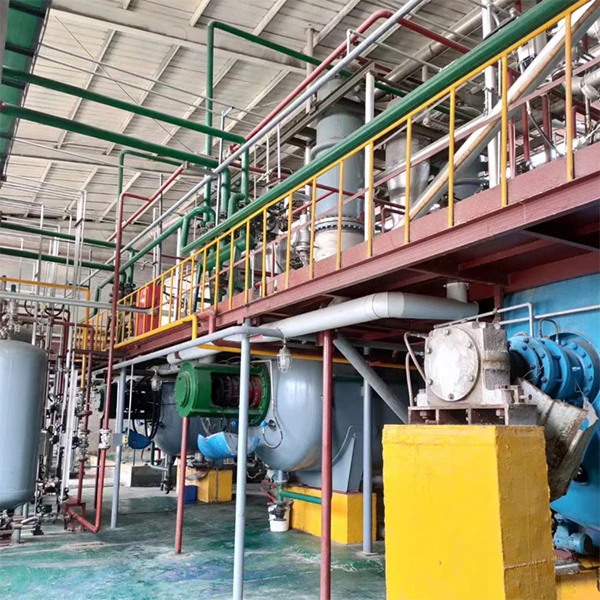The Role of Additives for Putty in Modern Construction Materials
Putty, a versatile substance used extensively in construction and repair, has evolved significantly over the years. Traditionally, it has been a staple for sealing gaps, filling holes, and surface preparation. However, the introduction of various additives has transformed its functionality, enhancing its performance, durability, and application scope. In this article, we will explore the significant impact of additives for putty, discussing their types, benefits, and applications in contemporary construction practices.
Understanding Putty and Its Composition
Putty is generally composed of a binder, filler materials, and a solvent. The binder provides adhesion, while fillers contribute to the density and texture. Solvents control the consistency and drying time. While traditional putty often relied on simple components, modern formulations incorporate a range of additives to enhance its properties. These additives can modify various characteristics such as flexibility, adhesion, drying time, workability, and resistance to environmental factors.
Types of Additives for Putty
1. Plasticizers These additives increase the flexibility of putty, making it easier to work with. Plasticizers reduce brittleness and improve the putty's ability to expand and contract with temperature fluctuations, which is essential in varying climatic conditions.
2. Biocides To combat mold and fungal growth, biocides are added to prevent degradation of the putty and maintain its integrity. This is particularly important in humid or damp environments where mold is a common concern.
3. Thickeners Thickeners help to achieve the desired viscosity without compromising the putty's application properties. This ensures that the putty can be applied smoothly without running or sagging, allowing for greater control during application.
4. Fillers Calcium carbonate, talc, and silica are common fillers that can enhance the putty's texture and improve its mechanical strength. High-quality fillers contribute to a smoother finish and better adhesion.
5. Accelerators In situations where quick curing is essential, accelerators can be added to reduce drying times. This is particularly useful in commercial construction where time is money.
Benefits of Using Additives in Putty
The incorporation of additives in putty offers several advantages
additive for putty

- Improved Adhesion Additives enhance the bonding properties of putty to various surfaces, from wood and metal to concrete and plaster.
- Enhanced Durability With additives, putty can withstand environmental stressors such as moisture, UV light, and temperature changes, leading to longer-lasting repairs.
- Versatility Different formulations of putty with tailored additives allow for specialized applications, whether for interior or exterior use, in residential or industrial settings.
- Ease of Application Additives permit a smoother consistency and better workability, allowing both professionals and DIY enthusiasts to achieve a professional finish with ease.
Applications in the Construction Industry
In the construction industry, putty with additives is widely used for various applications
- Sealing Windows and Doors Putty is essential for creating airtight seals in windows and doors, preventing drafts and improving energy efficiency.
- Repairing Surfaces It is commonly used to patch and repair cracked walls, moldings, and furniture, providing a seamless and durable finish.
- Surface Coating Specialized putty formulations with additives are used as a base coat to improve the adhesion of paint and wallpaper, ensuring a smooth surface.
- Artistic Work In decorative arts and crafts, putty with specific additives can be molded and shaped for intricate designs and finishes.
Conclusion
The evolution of putty through the introduction of various additives has significantly enhanced its functionality in the construction industry. From improving adhesion to ensuring long-lasting durability, these additives allow for a broader range of applications and a more efficient workflow. As construction techniques advance and sustainability becomes a priority, the role of innovative putty formulations with tailored additives will continue to play a crucial part in shaping the future of construction materials. Understanding these advancements can empower builders and contractors to make informed choices, ultimately leading to better quality and more resilient structures.
-
A Comprehensive Guide to Methyl Ethyl Hydroxyethyl Cellulose: Applications and Industry InsightsNewsNov.24,2025
-
Understanding Methyl 2 Hydroxyethyl Cellulose: Uses, Benefits & Industry InsightsNewsNov.24,2025
-
Hydroxyethyl Methyl Cellulose HEMC: Industrial Uses, Benefits & Future TrendsNewsNov.23,2025
-
HEMC Cellulose: Versatile & Sustainable Industrial Polymer | YoungcelNewsNov.23,2025
-
Methyl Hydroxyethyl Cellulose: Versatile Building Block for Industry & SustainabilityNewsNov.23,2025
-
CAS 9032 42 2: Understanding Polyvinyl Alcohol's Impact on Industry & SustainabilityNewsNov.22,2025




